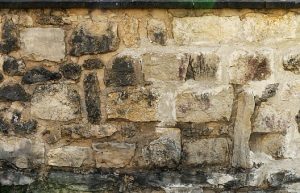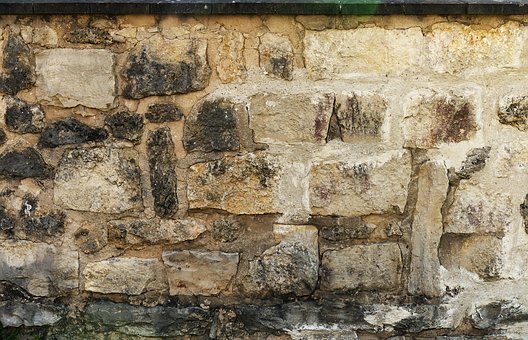Retaining walls are structures that can hold soil, water, and other liquids on a mountainside or hillside. You can choose from either a vertical or inclined wall. This configuration will determine the types of retaining walls that are available. There are many types, so it is important to fully understand each one before choosing one for your project.
The common gravity retaining wall, a straight wall with a slight back tilt and a thick base is built with its weight holding back the loose soil. This system is also called battering. If the wall starts to bend down over time, it is likely that it needs to be replaced. It is made of steel frame and concrete. The raised bed raises the soil so it cannot move upward.

Concrete slabs are used for retaining walls. Concrete allows the soil to retain its shape. The retaining wall supports two layers: a thick concrete layer and a thin layer of soil. The concrete layer is thicker and serves as an extra support. The soil acts as a cushion to the additional weight. The concrete and soil mixture is then poured into the grooves cut into the retaining walls.
Natural stone retaining walls are a type of concrete retaining wall. These are typically found in mountainous areas or on slopes. These structures use a lot of natural stone that is quarried near their location. Then they are transported and set. These materials include sandstone and granite, limestone as well as slate and travertine. The most common materials used are sandstone, slate and travertine.
A second type of material used in retaining walls is concrete blocks. Concrete blocks are a different material than natural stones in that they don’t require transportation or quarrying. Once the concrete blocks are ready, they can be placed in the grooves cut into the walls. There are a few different types of concrete blocks that are used including cast iron and plain concrete.
A backfill is a third type of material that can also be used in retaining wall construction. A backfill is simply a layer of dirt that is placed over the existing surface. Backfills are best placed in areas where the slope is more than 30 degrees. Other factors that influence the choice of backfill material include drainage, space availability and soil density. Different backfill materials have different drainage levels, so it is important you fully understand these factors before you get started.
There are many types of flooring that can be used on top of concrete walls. If the area that the retaining walls are covering is too small to accommodate standard flooring, you might consider adding a layer or gravel or crushed rock. Granite is a good choice for larger spaces than standard flooring. These spaces can be covered with a variety of materials, including concrete, sheet pile, and stone.
It can be one of your most important decisions. If not properly installed, retaining walls can make or break your landscape. It is important that you have a landscape architect who can help you design the best system to preserve your land. Although most landscaping projects can easily be completed with common materials, it is worth hiring an expert to customize the system to meet your specific needs.



